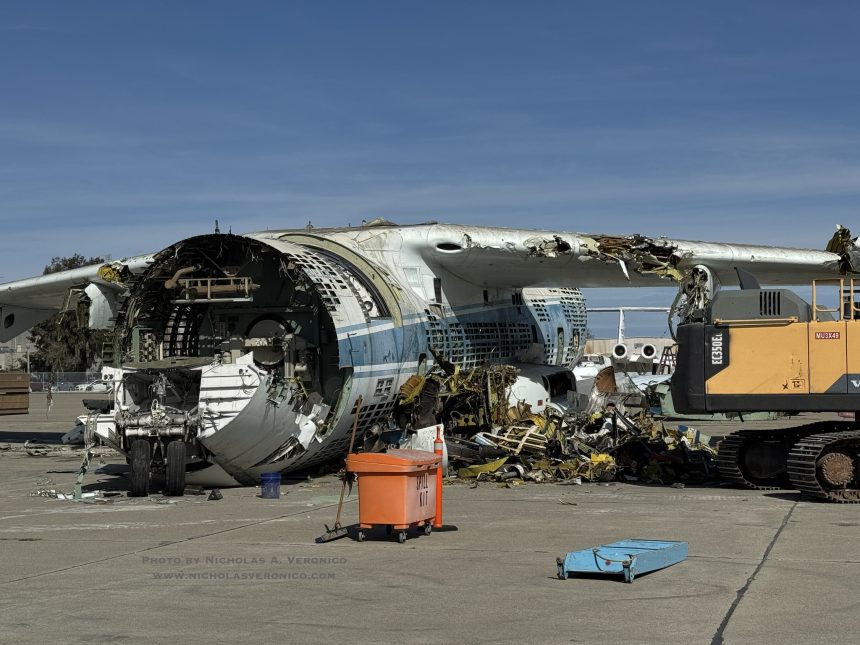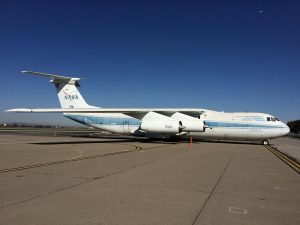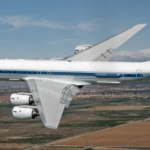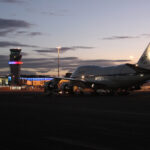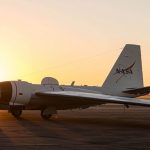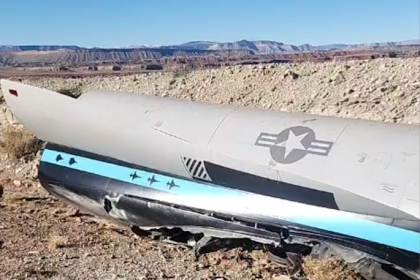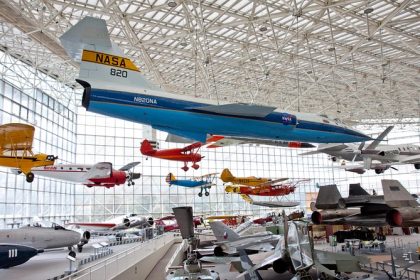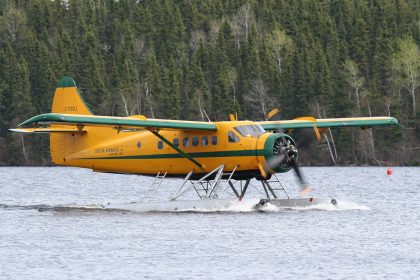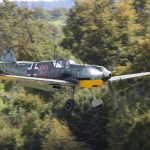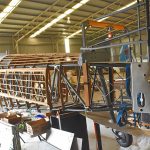The Kuiper Airborne Observatory (KAO) has come full circle. NASA’s Gerard P. Kuiper Airborne Observatory, registered as N714NA, has reached the end of its journey at the very location where it was originally converted into a flying observatory in 1974. Dismantling of the historic aircraft began on March 17, 2025, in front of Hangar 211 at NASA Ames Research Center in Mountain View, California, and is expected to continue through the week. KAO was part of the Gerard P. Kuiper Observatory, a national facility operated by NASA to advance infrared astronomy. As an airborne platform, it provided a unique vantage point above most of Earth’s atmospheric water vapor, enabling astronomers to capture infrared radiation that ground-based telescopes cannot detect. Fragments of the Kuiper Airborne Observatory will be preserved as PlaneTags, set to be released in the coming months.
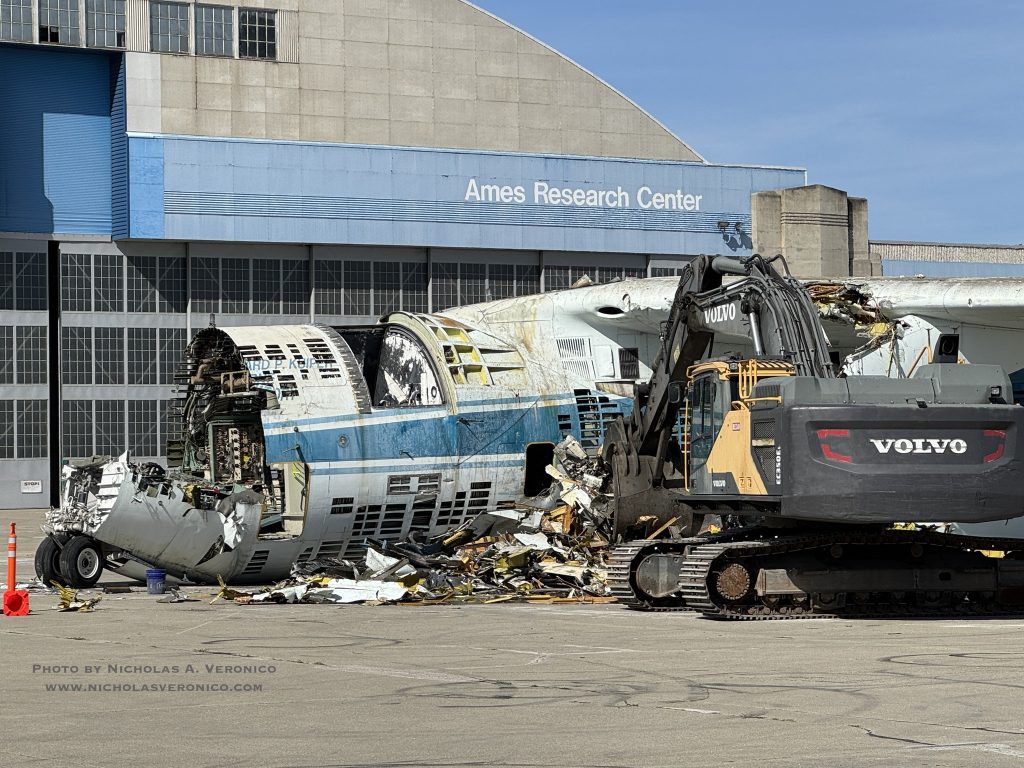
A Flying Observatory with a Historic Mission
The aircraft, originally built as a Lockheed L-300-50A-01, was a civilian demonstrator variant of the C-141 Starlifter. Though no commercial buyers emerged, NASA acquired the aircraft and modified it into an airborne observatory. The highly specialized platform had a range of 6,000 nautical miles (11,000 km) and could conduct scientific operations at altitudes up to 48,000 feet (14 km). KAO housed a 36-inch (91.5 cm) Cassegrain reflector telescope, optimized for observing infrared radiation within the 1 to 500-micron spectral range. The telescope cavity remained open to the atmosphere during flight, allowing astronomers to study distant celestial objects free from interference caused by Earth’s lower atmosphere. Despite remaining intact, the aircraft has not flown in 15 years and was ultimately deemed non-flyable.
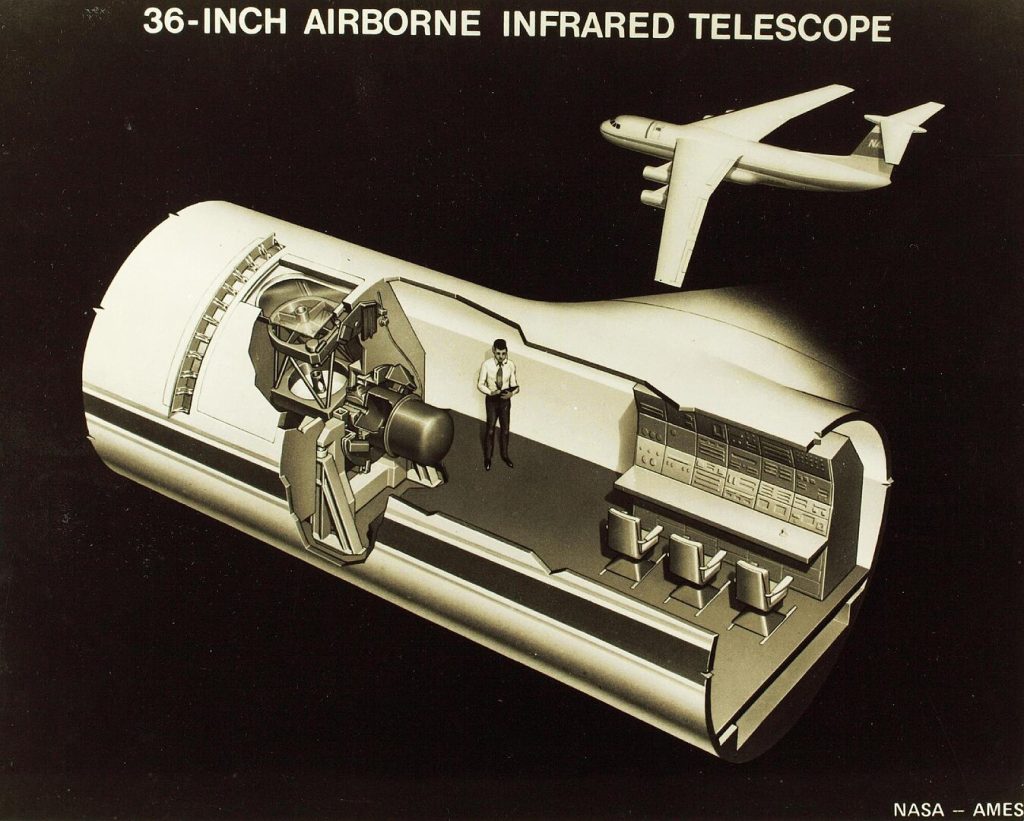
Pioneering Discoveries in Infrared Astronomy
During its 20-year operational lifespan (1975–1995), KAO contributed to several groundbreaking discoveries. It provided the first evidence of the massive black hole at the center of the Milky Way, detected water in Jupiter’s atmosphere, and revealed hidden stellar nurseries obscured by dense dust clouds. One of its most significant findings was the discovery of the rings of Uranus, which are oriented vertically rather than horizontally like Saturn’s. In 1995, NASA retired KAO and shifted focus to its successor—the Stratospheric Observatory for Infrared Astronomy (SOFIA). SOFIA, a modified Boeing 747SP formerly operated by Pan Am and United Airlines, featured a 2.7-meter infrared telescope. After concluding its science missions on September 30, 2022, SOFIA was transferred to the Pima Air & Space Museum in Tucson, Arizona, for preservation.
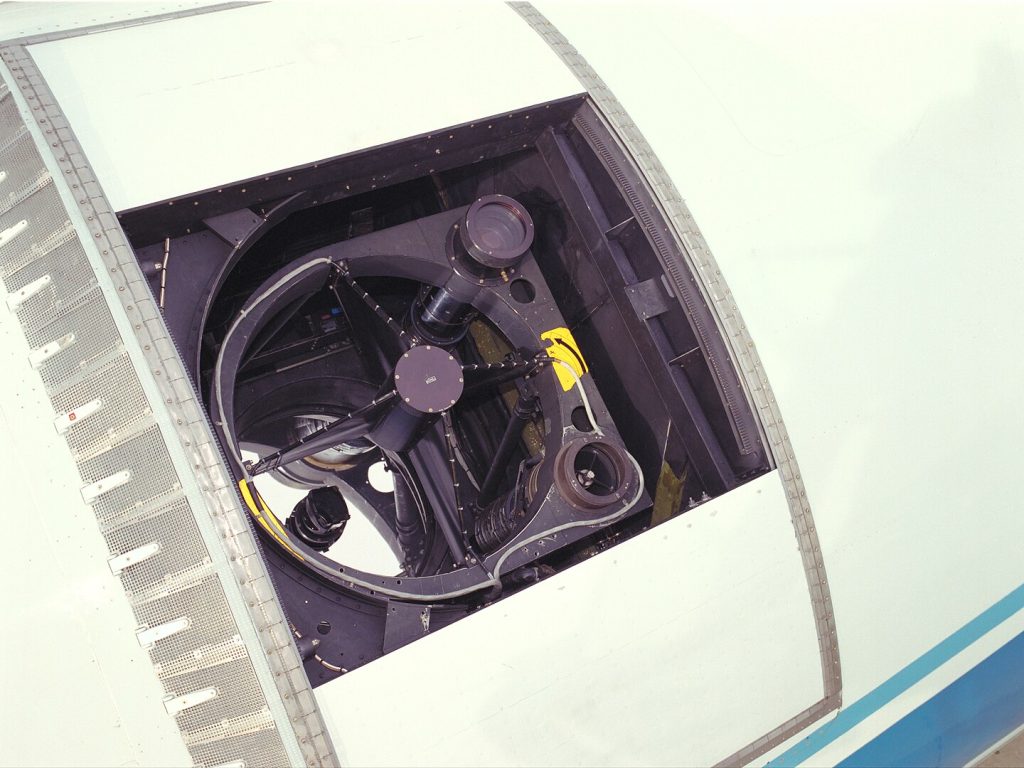
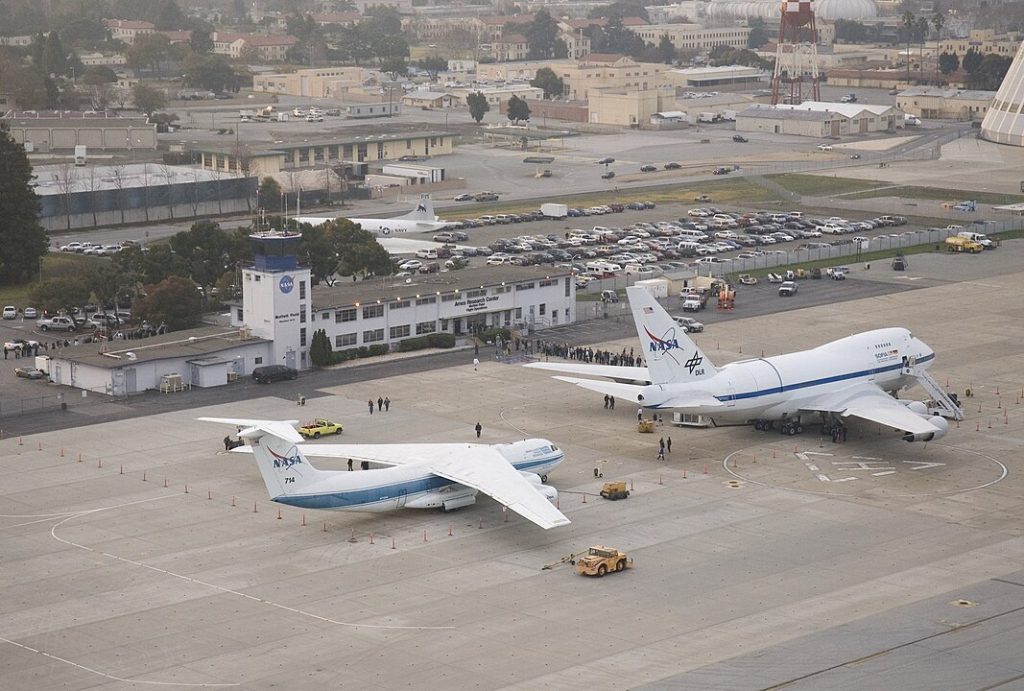
PlaneTags to Preserve KAO’s Legacy
Although KAO is being dismantled, parts of its fuselage will soon live on in the form of collectible PlaneTags. California-based PlaneTags has announced plans to release pieces of the aircraft in the coming months. The company has also salvaged material from KAO’s predecessor, the LearJet Observatory (N805NA), which flew with a 12-inch telescope from 1974 to 2001.
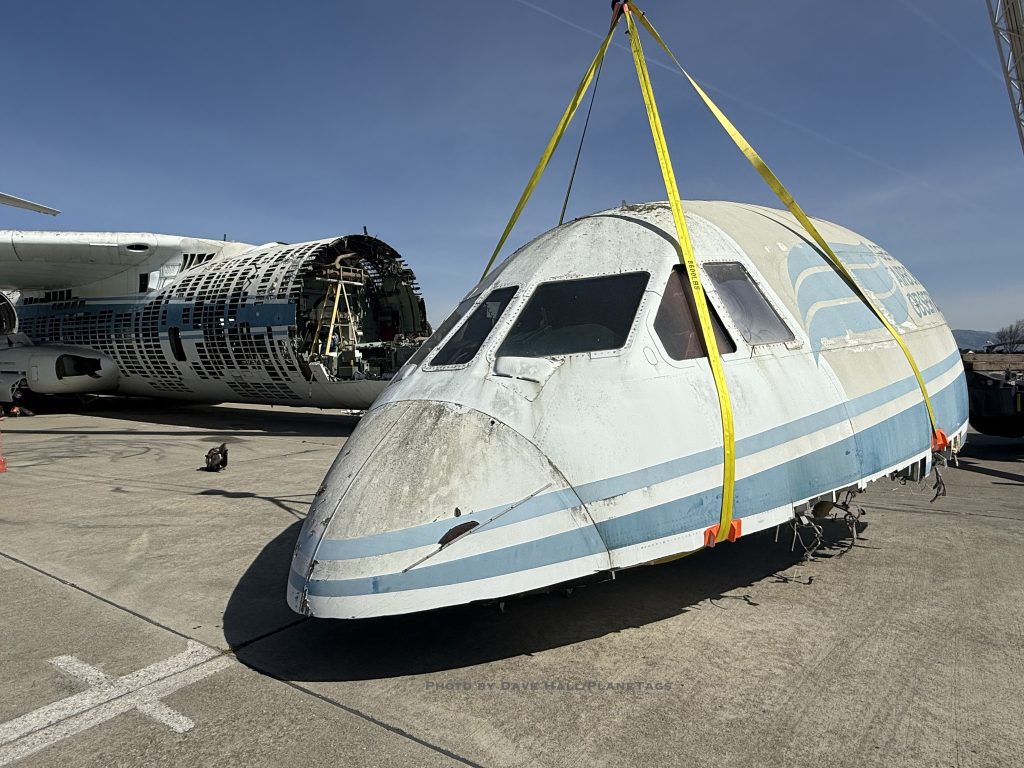

A Lost Opportunity for Preservation
Following its retirement, NASA offered KAO to various museums and organizations in 2017. The author of this article, along with several institutions across the U.S., engaged in discussions with Engility Holdings, Inc.—a company specializing in engineering and logistics services—to explore the feasibility of acquiring the aircraft. However, the high costs associated with disassembly, transportation, and reassembly proved prohibitive, preventing any museum or nonprofit organization from securing the aircraft for preservation. The KAO’s cockpit was sent to the Pima Air & Space Museum, while its telescope may go to the Moffett Field Museum.
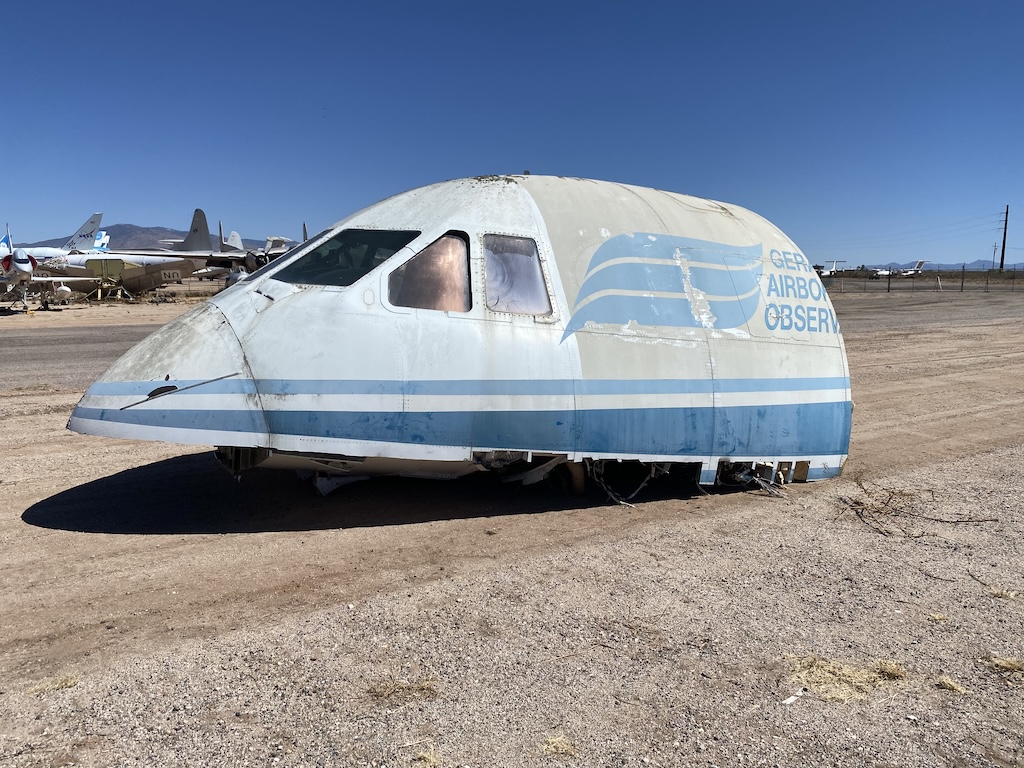
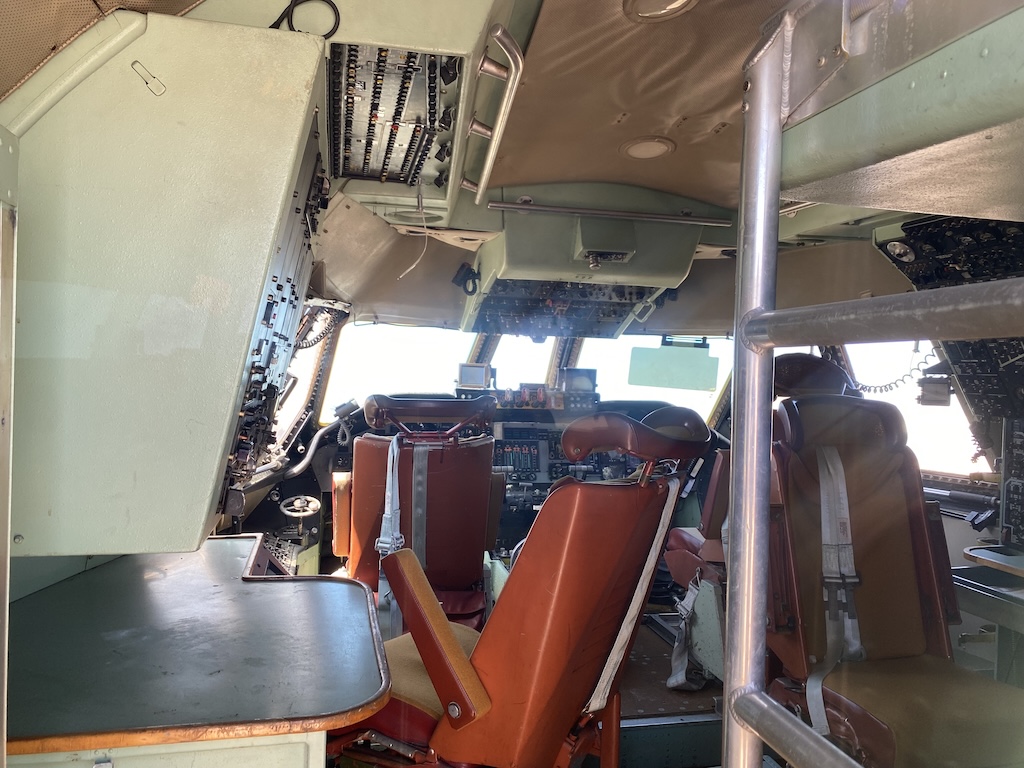
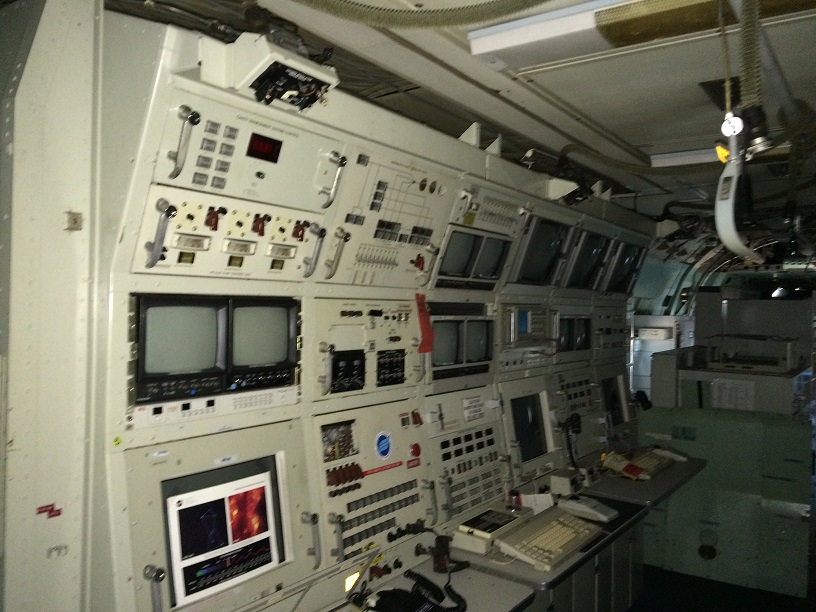
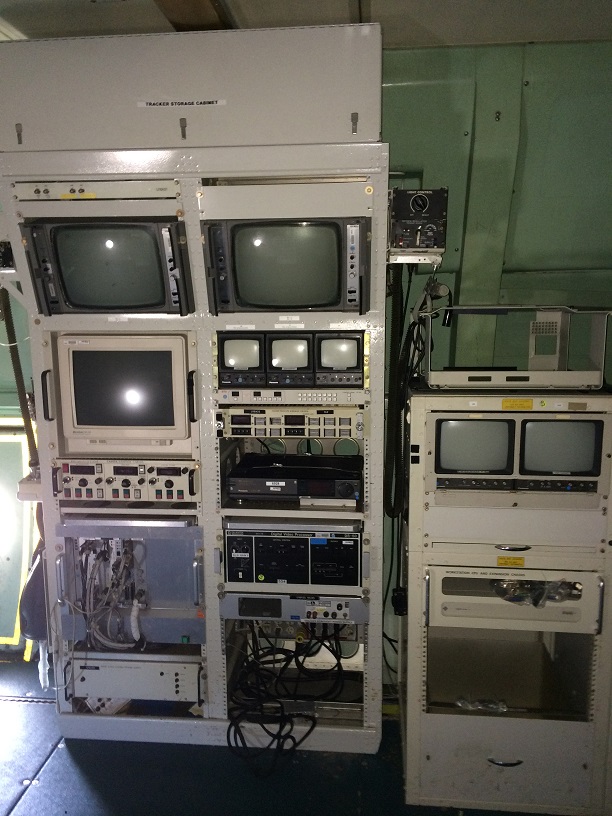
The Harsh Reality of Aircraft Preservation
For aviation enthusiasts, watching historic aircraft meet the scrapyard is always difficult—especially when they represent a fusion of STEM education and aerospace innovation. Unfortunately, the reality is that the financial and logistical burden of dismantling, transporting, and reassembling such a large aircraft is simply too great for most museums and nonprofit organizations. While it is disappointing that KAO could not be preserved in its entirety, we can only hope that significant components of this pioneering observatory will be saved for future generations to appreciate.







